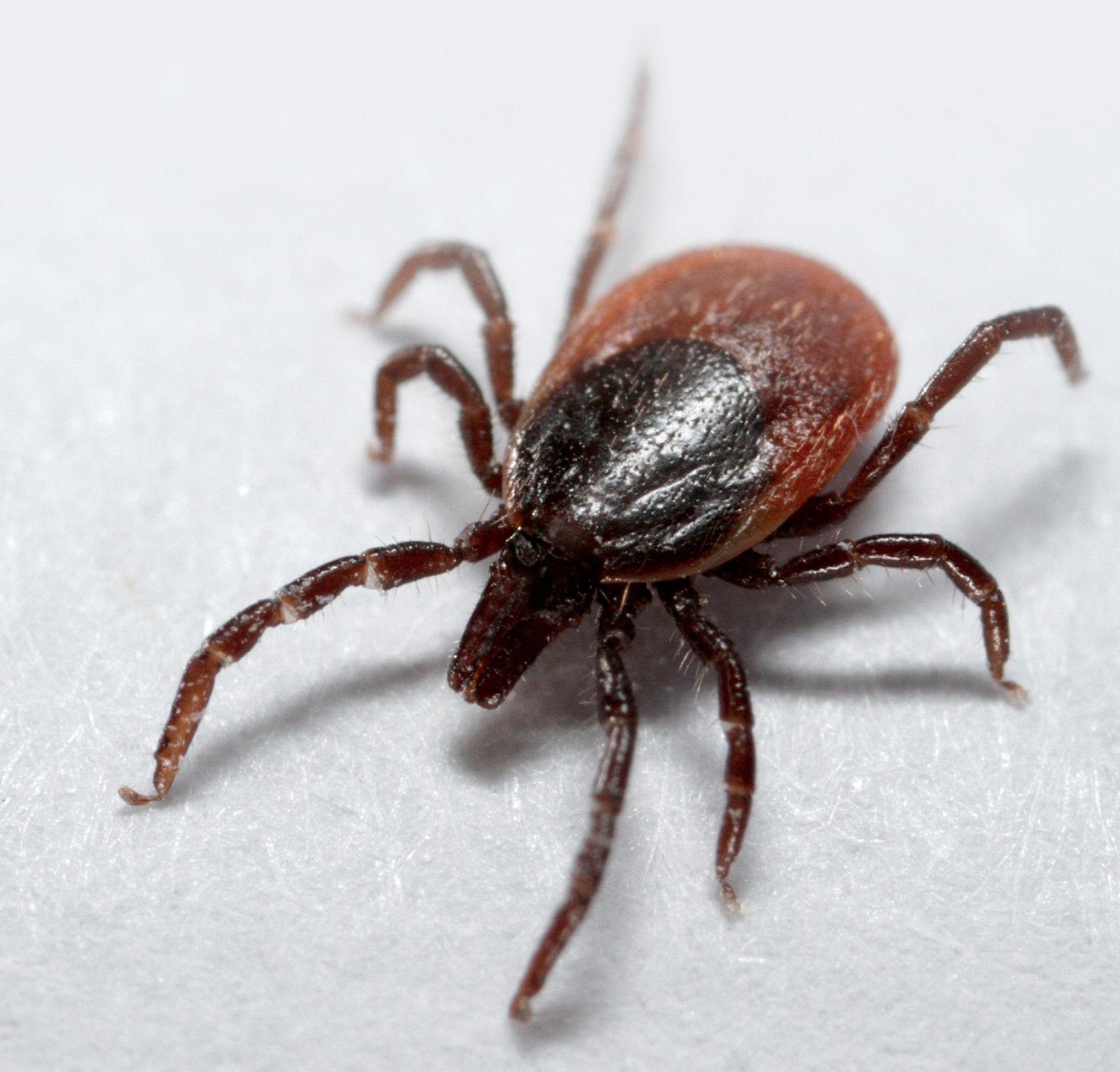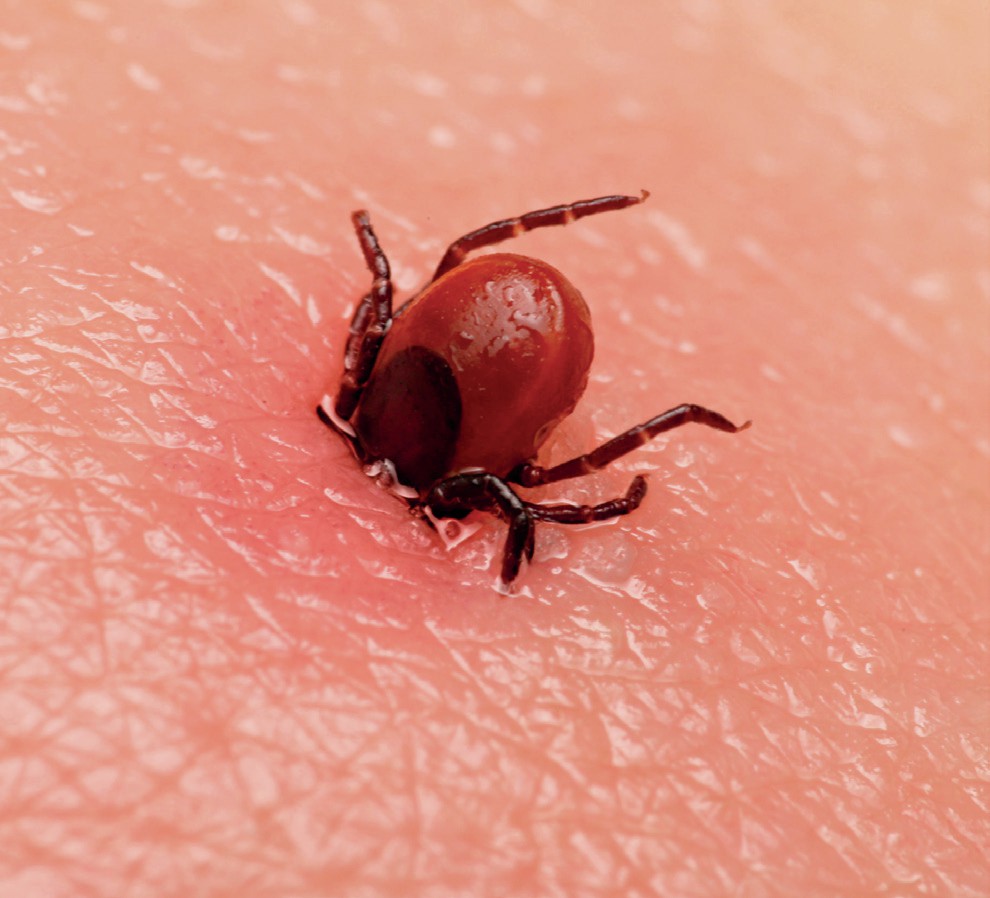

Most of us like to get out into the countryside, whether it’s to hike, camp or just for a gentle stroll. However, occasionally the aftermath is unexpected and definitely not enjoyable. Following an energising walk in the woods, you return home and shower to wash off some mud. Under your armpit, behind your knee or around your waist, you feel a tiny lump. On close examination it turns out to be an animal, stuck into your skin — most likely the blood-sucking tick Ixodes ricinus (see Figure 1 and Box 1).
Ticks are obligate blood-feeding arachnids, related to spiders and scorpions. There are two main types of tick — soft and hard. Hard ticks, including Ixodes ricinus, have a firm, chitinous exoskeleton. They develop through four stages (see Figure 1.1):
Your organisation does not have access to this article.
Sign up today to give your students the edge they need to achieve their best grades with subject expertise
Subscribe




